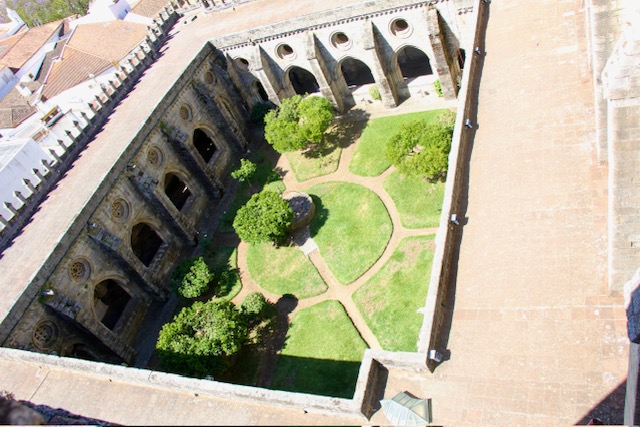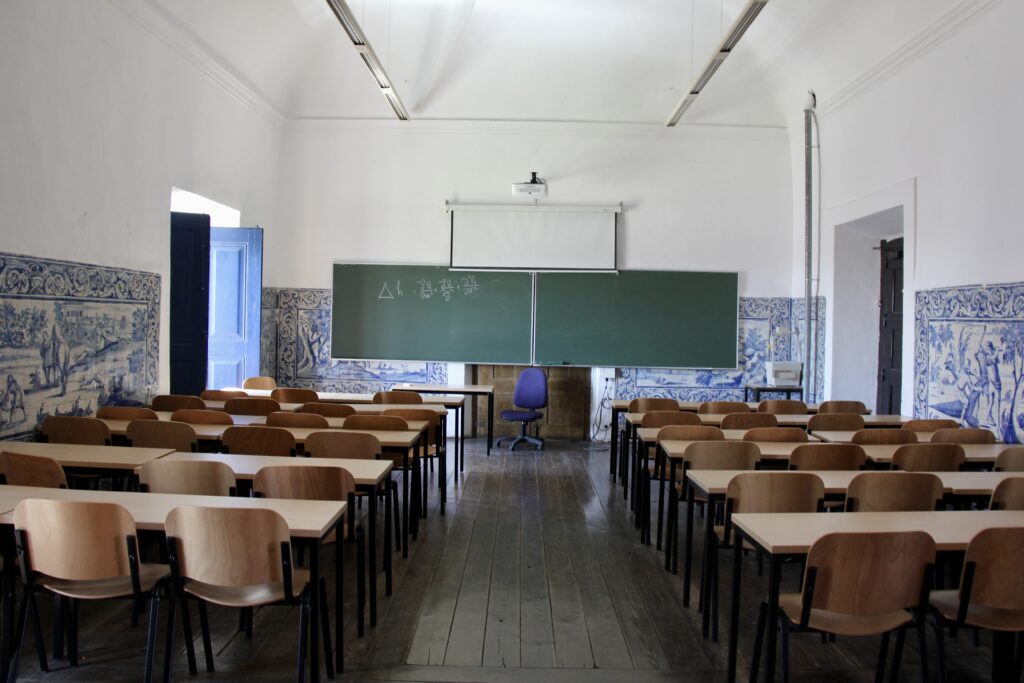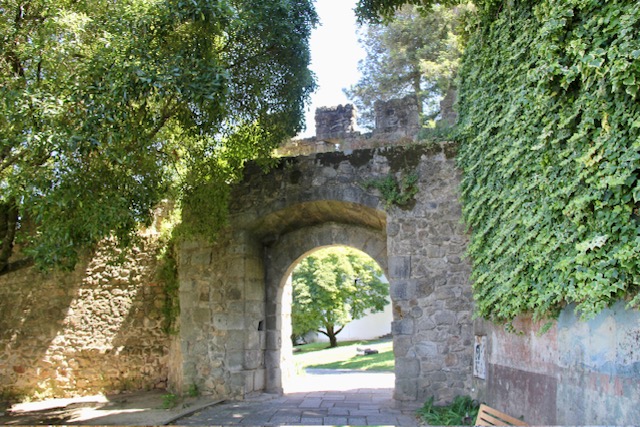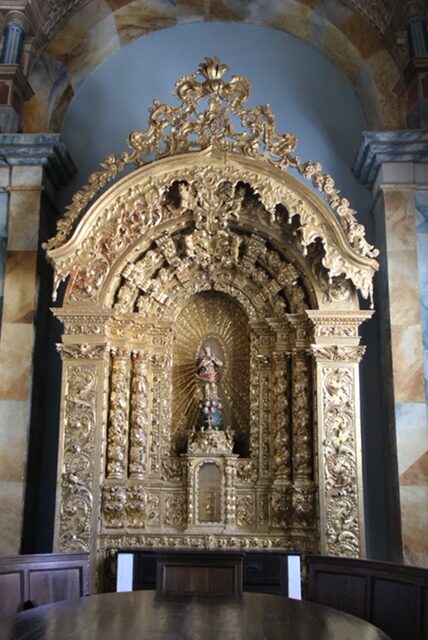Évora is a city about 133km east of Lisbon and was an easy hour and a half drive. Evora is a UNESCO World Heritage Site due to Its well-preserved old town centre, that is still partially enclosed by medieval walls, and many monuments dating from various historical periods, including a Roman Temple.

Evora Roman Temple – This temple can be viewed any time of the day and is free. This Corinthian temple was built in the 1st century AD as part of a urban renewal plan, including the Ebora Liberalitas lulia’s forum, which was the town’s religious, political, administrative, judicial and commercial centre. For a long time it was dedicated to Roman goddess Diana, nowadays it is believed to have been consecrated to the cult of the Emperor. The fluted columns of the temple are made from granite while the bases and capitals are marble that was brought here from Estremoz, 40km to the northeast.


Evora Cathedral (Sé Cathedral)- Pay a small fee to visit the church and roof. At the top of the town is Évora’s commanding pink granite cathedral. This building was completed in phases from the beginning of the 13th century, so has a jumble of architecture, with a cavernous Gothic nave, Manueline choir with dainty vaulting and Baroque chapels. You go out onto the rooftop terrace to look down on Évora or enter the Gothic cloisters, which have orange trees in their garden. There is also a small museum for the treasury with a glimmering set of liturgical gold and silverwork.



Evora Cathedral – Exploring the roof – The Evora cathedral rooftop is worth exploring. You get a great view of the Roman Temple(see picture above) and the cloisters. The cloisters were built between 1317 and 1340 in Gothic style.



Evora University – Open 9am-8pm, you pay a small fee to visit. The University of Evora was the second university founded in Portugal after Coimbra. There was a need for a second university to serve the south of Portugal and Evora was the most appropriate choice. Even thought the idea of creating the 2nd university originally came from John III, it was Pope Paul IV and the future King Henry I, who carried it out. It was inaugurated in 1559 and for its first 200 years it was a Jesuit college, before this order was expelled from Portugal in the 1750s.


The classrooms are decorated with azulejos that vary according to the fields taught. You might notice Aristotle teaching Alexander the Great or Plato instructing his followers



Evora’s Walls – As soon as you arrive in Évora, stop by the tourist office, which will give you a handy map of the best spots to take in the city’s fortifications. As they appear now, these walls, towers and gates are from the reign of King Afonso IV in the 1300s, but their origins and course go back to 3rd century, and you can also spot Moorish traces from the early middle ages. The area contained is more than 10 hectares and the walls are about 2 km in length, so there’s plenty to see. A good starting point is the Jardim Público a few paces from the Capela dos Ossos, where a length of the ramparts creates a picturesque barrier in the park.



Praça do Giraldo – Évora’s main square was laid out in the 16th century. Most of the streets in Evora lead to this square. The square is named after Geraldo Geraldes the Fearless, the man who conquered Evora from the Moors in 1167. To thank him King Afonso Henriques (first king of Portugal), nominated him Governor of Evora and High Protector of the Borders of Alentejo, region which he would help to conquer. The north side of the square is taken up by the striking facade of the Church of Santo Antão. You can take a break from site-seeing and relax with a cup of coffee and snacks.

Igreja de São Francisco (Church of Sao Francisco) and the Bone Chapel (Capela Dos Ossos) – This architectural complex was built between 1480 and 1510. The church is free to enter and has a fabulous interior with gold-covered altarpieces from the 1700s.



Tourists often wander into Igreja de São Francisco, the main church, expecting to find the bones. The Chapel of Bones is immediately next door to the church and entered through its own doorway, and there is an admission fee. This chapel isn’t one for the squeamish. It’s an ossuary, with walls, arches and supporting pillars lined with bones and skulls in cheerful arrangements. These are the remains of several thousand monks, recovered from several crypts and cemeteries in the 16th century. The idea behind this Franciscan chapel, was to remind worshippers of the transitory nature of life. Don’t miss the inscription at the entrance in Latin, reading ”We bones, that are here, for yours await”.




Despite its creepy reputation, the chapel draws tourists of all ages fascinated by its gruesome interior design. And no one appears fazed by the sarcastic reminder across the entrance.
Evora Aqueduct – This was one of the most advanced and technically challenging construction projects of the 16th century. The 9km long water system stretches from the nearest river and brought fresh water to Evora. Outside of the city walls, the aqueduct is formed of massive stone arches, while inside the city, houses and shops were constructed underneath the arches. The aqueduct originally ended in a large pool in the Praça do Giraldo, but this was destroyed during the 17th century.


Church of Nosa Senhora da Graca (Convento da Graca) – Built in 1511 and classified as a National Monument, it is currently used by Portuguese armed forces.

Almendres Cromlech – This prehistoric monument, free to visit any time of the day, has 100 menhirs (upright stones) of various shapes and dimensions set up in a semi-ellipsoidal formation, along an east-west axis. When this monument was discovered in 1960s, most of the stones were fallen on the ground. Their current position is based on archaeological research carried out between 70s-90s. Studies have confirmed that the installation of the monument occurred somewhere between the 6th and 4th millennia BC. There is no clarity on the meaning and function of this monument.
A solitary two-and-a-half-meter-high stone, known as the Menhir of Almendres, is positioned one and a half kilometers away from the Cromlech. The two sites are linked by a marked pedestrian trail that snakes through an olive grove, and guided tours led by local archaeologists are available to those with an interest in prehistory.



Anta Grande do Zambujeiro – This is another mysterious megalithic monument that can be visited for free, any day/any time. Since it is close to Almendres Cromlech, the 2 visits can be combined. This monument is more than 5000 years old and was uncovered at the same time as Almendres, and the artefacts unearthed at the site are on show at the Évora Museum. Rather than a stone circle it is a funerary chamber at the end of a corridor of granite stones. You can peer right inside the chamber and see how the immense stones were carefully positioned to form a regular building.



Other sites in Evora :
- Museu de Évora (Évora Museum) – This is a modern and kid-friendly museum that displays a collection of regional treasures housed in what was once the residence of bishops and noblemen.
- Roman bath ruins in Evora – The Roman Baths were discovered in 1987 beneath the town hall, the Câmara Municipal. Dating back to the first century AD, the remains include an arched brick doorway – the entrance to a sunken room replete with a well-preserved circular steam bath, or laconicum, nine meters in diameter.
- Largo da Porta de Moura – A small square with a Renaissance fountain with a marble sphere, that dates back to 1556.